Understanding Gender Pronouns
Did you know that International Pronoun Day takes place every year on the third Wednesday in October?
At Detroit Prep, we know that every student is full of unlimited potential. We see children as learners, leaders, and world-changers! We also want to help students build on our Habits of Character and engage with the world as responsible, curious, compassionate individuals. In order to help students see themselves the way we see them, using a student’s correct pronouns is crucial for teachers and adults to convey respect and understanding about their identities.
So what exactly are pronouns?
Pronouns are the most common way that people refer to one another outside of using proper names. They are words that replace a noun. Often, we use pronouns to refer to other people! (For example: SHE went to the soccer field, while HER friend waited at school.) There are LOTS of different pronouns that people use, including but not limited to:
She/her/hers
He/him/his
They/them/theirs
Y/Em/Eirs
Ze/Zir/Zirs
Some people even choose to use NO pronouns. Those individuals may prefer for others to use their name in place of a pronoun, OR have another way they want to be identified. (For Example: Bryan’s dog is as strong as Bryan’s father.)
Everyone has the right to decide what pronouns they go by, including students. It is everyone else’s responsibility to use those pronouns correctly. At the core, we all want to feel recognized and seen. Using a person’s correct pronouns is an easy way to show respect to others. It’s important to ask others what their pronouns are, and then use them correctly in conversations, so that we are inclusive of all identities and perspectives.
Here are some examples of using pronouns in conversations:
Their homework is not finished. They need to work on their homework during recess.
Ze hates avocados. Zir favorite food is pizza.
She told me that there was a mosquito in the house. Her brother had an itchy bug bite.
His answer was incomplete, so the teacher asked if she could help him.
There are times that you might mess up someone else’s pronouns – that’s ok! What matters when you use incorrect pronouns or misgender someone is learning from your mistake so that it does not happen again. Here is an example of how to correct a pronoun mistake:
Apologize Briefly
The first step to take when you have referred to someone by the wrong pronoun is to acknowledge it. Doing so makes it clear that you understand you've made a mistake.
An example of an appropriate step after realizing your mistake would be, "I apologize, I said he and that person's pronouns aren't he/him."
Correct Yourself
Once you've acknowledged your error, immediately use the correct pronoun. An example of how to express it is, "Her pronouns are she/her. She went to the bank."
Move On
Lastly, but just as importantly as the previous steps, once you have apologized and corrected the situation, you can move on from it right away. There's no discussion or processing about the issue needed. Just continue with the conversation right where it left off, and let everyone digest what happened without further commentary.
Using someone’s correct pronouns demonstrates respect for others. It also makes a difference to many individuals who often face ridicule or bullying for “being different.” Please take the time to ask about pronouns and use them correctly, with our students and with others. When we show respect for others, our children will be sure to notice and follow our lead!


